Inside Old Trafford: The Iconic Home of Manchester United and Its Impact on Football Culture
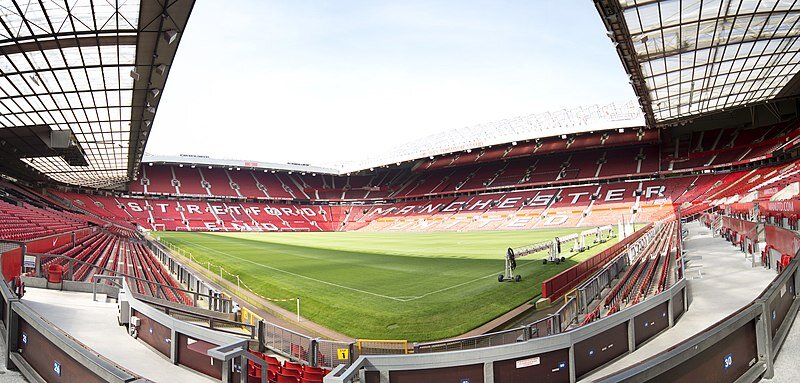
Old Trafford, the iconic home of Manchester United, is a stadium that is steeped in history and has had a massive impact on football culture. The stadium has been the site of countless memorable moments, from the famous treble-winning season in 1999 to hosting the 1966 World Cup final.
As one of the largest football stadiums in the UK, Old Trafford has been an integral part of the Manchester United experience for generations of fans.
The stadium’s unique architecture and rich history make it a must-visit destination for football fans around the world. But Old Trafford is more than just a stadium – it’s a symbol of the Manchester United community, a place where fans can come together to cheer on their team and create lifelong memories.
In this article, we’ll take a closer look at the history of Old Trafford and explore the impact that this iconic stadium has had on football culture.
History of Old Trafford and Manchester United
Old Trafford was originally built in 1910 to replace Manchester United’s previous home ground, Bank Street. At the time, the stadium had a capacity of just over 80,000, making it the largest club stadium in England. The stadium was designed by Archibald Leitch, a Scottish architect who also designed several other famous football stadiums, including Anfield, Highbury, and Ibrox.
Manchester United’s history is closely tied to Old Trafford. The club was founded in 1878 as Newton Heath LYR Football Club and played thirst games at North Road. After moving between several different grounds, the club eventually settled at Bank Street in 1893. However, the ground was deemed inadequate, and the decision was made to build a new stadium. Old Trafford was chosen as the site, and the first match was played there on February 19, 1910, against Liverpool.
Despite being a relatively new stadium, Old Trafford has already undergone several major renovations and expansions. The first came in 1939 when the capacity was increased to 80,000. In the 1960s, floodlights were installed, and the capacity was reduced to 57,000.
In the 1990s, after the Taylor Report recommended that all-seater stadiums be introduced, Old Trafford was converted to an all-seater stadium, reducing the capacity to around 44,000. However, further expansions have since increased the capacity to over 76,000.
Old Trafford’s Unique Features and Design
One of the most distinctive features of Old Trafford is the Sir Alex Ferguson Stand, which was renamed in honor of the legendary manager who led Manchester United to unprecedented success during his 26-year tenure. The stand, which was previously known as the North Stand, was completed in 1996 and can accommodate over 26,000 fans.
Another unique feature of Old Trafford is the Munich Tunnel, which leads from the dressing rooms to the pitch. The tunnel is named in honor of the Manchester United team that was involved in the Munich air disaster in 1958, in which 23 people, including eight players, lost their lives. The tunnel is lined with photographs and tributes to the victims and serves as a poignant reminder of the club’s history.
The stadium’s design has also played a role in its success. Old Trafford is known for its steep stands, which create an intimidating atmosphere for opposing teams. The pitch is also known for being one of the largest in the Premier League, measuring 105 meters by 68 meters.
The size of the pitch, combined with the stadium’s size, means that Old Trafford is ideally suited for hosting major international events, including the 1966 World Cup final and several matches during the 2012 London Olympics.
The Impact of Old Trafford on Manchester United’s Success
Old Trafford has played a significant role in Manchester United’s success over the years. The stadium’s large capacity and intimidating atmosphere have helped to create a home advantage for the team, and the club has a formidable record at Old Trafford.
Manchester United went unbeaten at home for over three years between 1998 and 2001, a run that included 37 consecutive Premier League matches.
Old Trafford has also played a role in attracting top players to Manchester United. The stadium’s reputation as one of the most iconic venues in world football, combined with the club’s success on the pitch, has made it a desirable destination for players from around the world. Some of the greatest players in the history of the game have played at Old Trafford, including George Best, Eric Cantona, David Beckham, and Cristiano Ronaldo.
Old Trafford’s Role in Football Culture
Old Trafford is not just a stadium – it’s a symbol of Manchester United’s culture and identity. The stadium has become an integral part of the city’s identity, and the club’s colors, red and white, are instantly recognizable around the world.
The stadium has also played a role in shaping football culture more broadly. Old Trafford was one of the first stadiums in the UK to introduce an electronic scoreboard, and the stadium has been at the forefront of innovations in football technology ever since.
The stadium has also played host to some of the most memorable matches in football history, including the 1999 Champions League final, in which Manchester United famously scored two late goals to secure an unlikely victory over Bayern Munich.
The Matchday Experience at Old Trafford
The matchday experience at Old Trafford is one of the most exciting in world football. The atmosphere inside the stadium is electric, with fans creating a wall of noise that can be heard throughout the city. The stadium’s steep stands and proximity to the pitch create an intimate atmosphere that allows fans to feel like they are part of the action.
Outside the stadium, there are plenty of opportunities to soak up the atmosphere before and after the match. The area around the stadium is home to numerous pubs and restaurants, and the stadium itself has several bars and restaurants that are open to fans on matchdays. The club also offers a range of matchday experiences, including hospitality packages and stadium tours.
The Future of Old Trafford and Manchester United
Old Trafford has undergone several major renovations and expansions over the years, and there are likely to be further changes in the future. The club has already announced plans to expand the Sir Bobby Charlton Stand, which will increase the stadium’s capacity to over 88,000.
However, the future of Manchester United is about more than just the stadium. The club has undergone a period of transition in recent years, with the retirement of Sir Alex Ferguson and the departure of several star players. However, the club remains one of the biggest and most successful in world football, and there is no doubt that Old Trafford will continue to play an integral role in the club’s success for years to come.
Old Trafford’s Impact on the Local Community
Old Trafford is not just a stadium – it’s a vital part of the local community. The stadium is located in the borough of Trafford, which is home to over 200,000 people. The club is one of the largest employers in the area, and the stadium generates millions of pounds in revenue for local businesses.
The club also has a strong commitment to social responsibility and has undertaken several initiatives to support the local community. These include the Manchester United Foundation, which provides education and sports opportunities for young people in the area, and the club’s partnership with local food banks to tackle food poverty in the community.
Old Trafford Tours and Experiences
For football fans around the world, a visit to Old Trafford is a must-do experience. The stadium offers a range of tours and experiences that allow fans to go behind the scenes and explore the history and culture of Manchester United.
The stadium tour takes visitors on a journey through the club’s history, from the early days at Bank Street to the present day. Visitors can explore the dressing rooms, the tunnel, and the pitchside area, as well as the club’s museum and trophy room.
For fans looking for a more exclusive experience, the club offers a range of hospitality packages, including VIP seating and access to exclusive bars and restaurants. The club also offers a range of matchday experiences, including the chance to meet former players and legends of the club.
Conclusion
Old Trafford is more than just a stadium – it’s a symbol of Manchester United’s culture and identity. The stadium has played a significant role in the club’s success over the years and has become an iconic venue in world football.
From its unique architecture and design to its role in shaping football culture, Old Trafford has had a massive impact on the world of football.
For fans around the world, a visit to Old Trafford is a must-do experience, and the stadium’s tours and experiences offer a chance to explore the history and culture of one of the biggest and most successful clubs in world football.
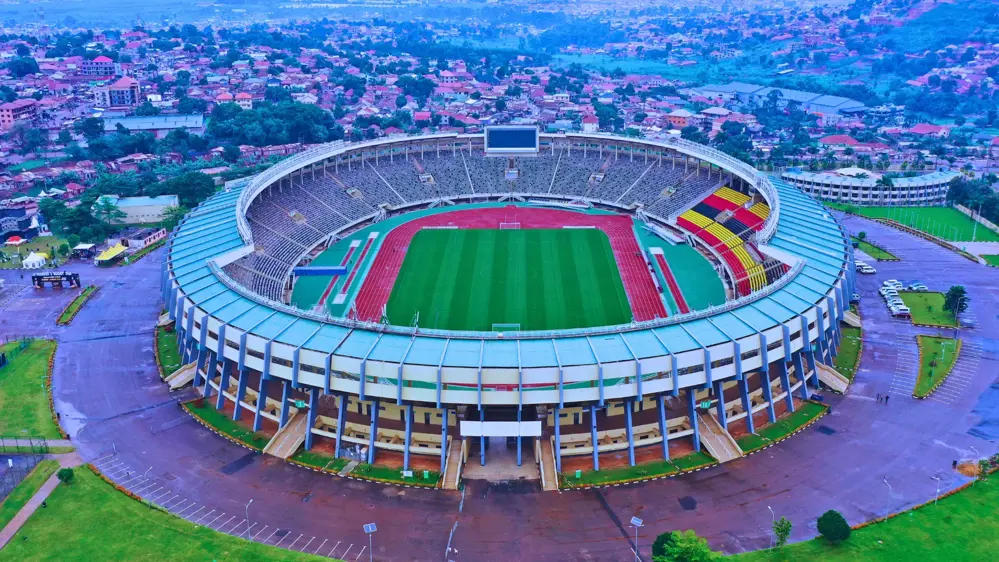
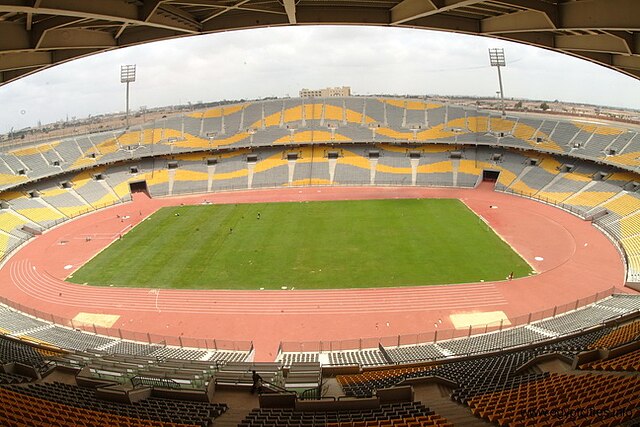

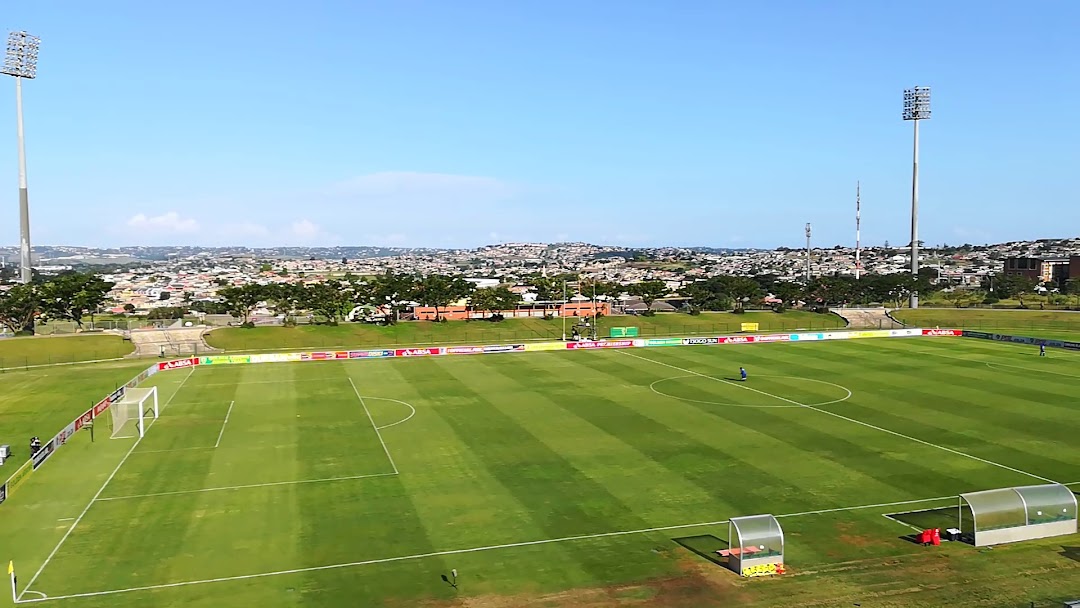
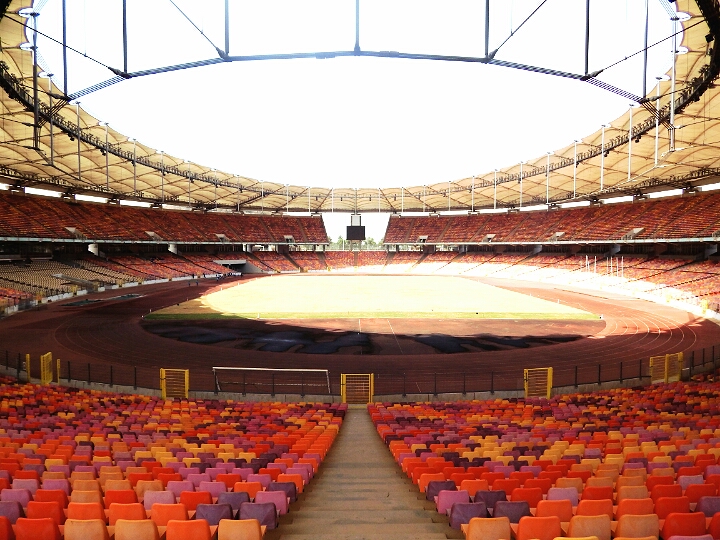
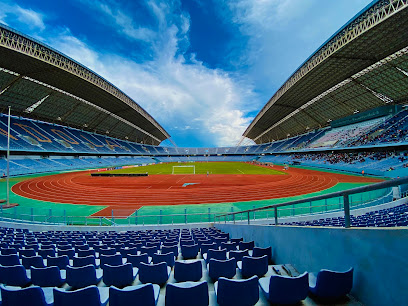
10 Comments